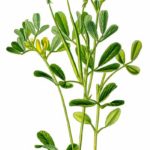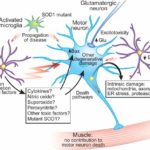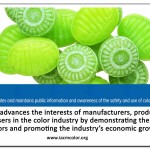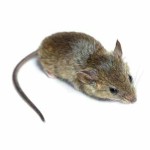This gallery contains 3 photos.
Olas, Bialecki, Urbanska, & Brys: Advances in Nutrition, Dec 1;12(6):2301-2311. The only approved natural sources of blue coloring used in foods, so far, are grape color extract and grape skin extract. Both of these contain anthocyanin grape pigments This paper … Continue reading
















































































